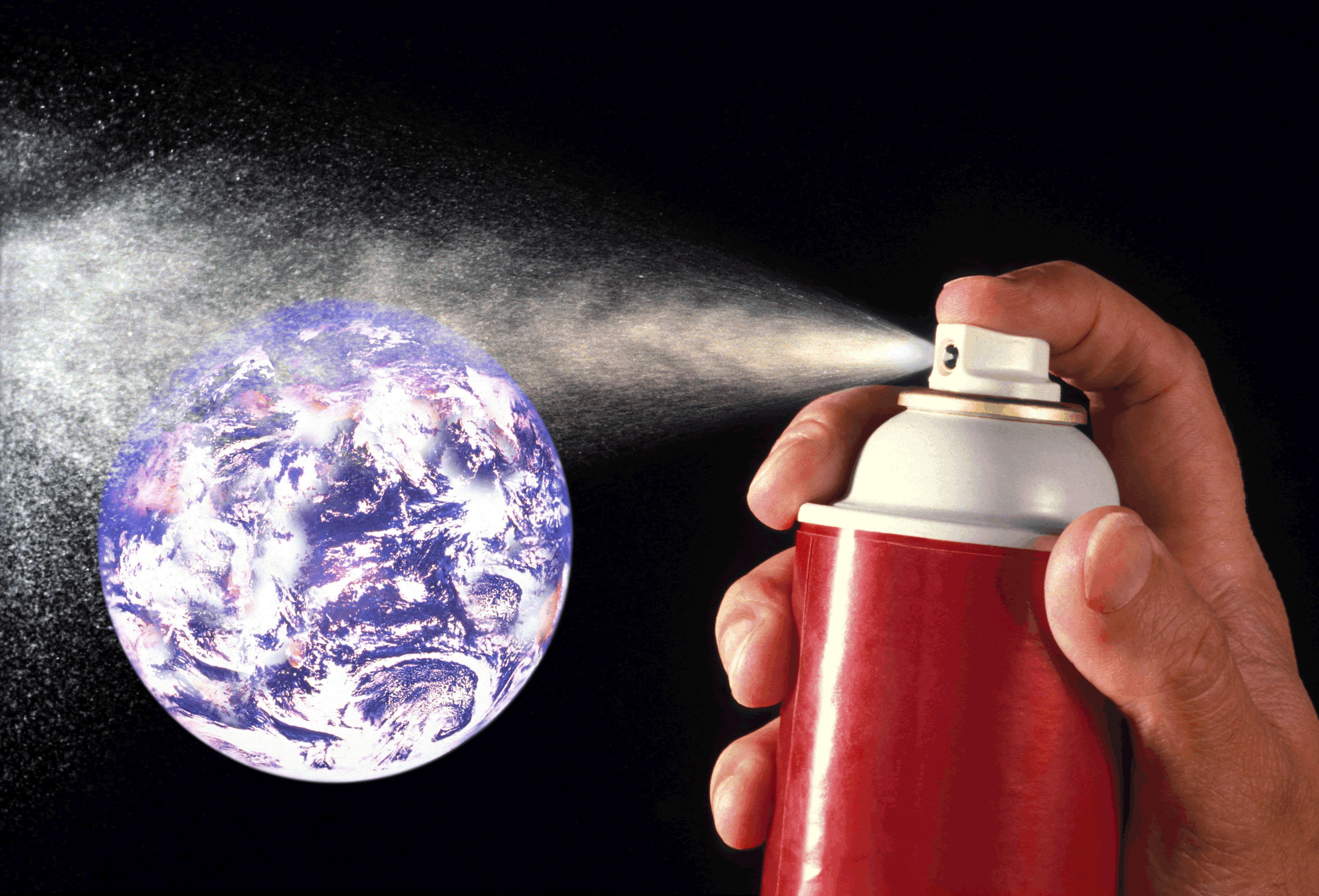
- Do you have copies and a complete understanding of the various EPA regulations and requirements applying to refrigerants and their use?
- Do you have copies and a complete understanding of the penalties and enforcement actions EPA can impose on your organization for noncompliance?
- Does your organization have a written Mission Statement for EPA refrigerant regulations compliance specifically documenting your "intent to comply" with EPA regulations?
- Does your organization have a written job description for a facility refrigerant manager, responsible for refrigerant management and compliance to regulations?
Prepare your facility to deal with conducting self-inspections, preparing and handling visits from agency inspectors, responding to violation notices, and more with Inspection Requirements for EHS Managers. Get the new report.
- Has someone in your organization been officially designated as your refrigerant compliance manager? (EPA will want to speak to this person during a refrigerant compliance inspection.)
- Has your designated refrigerant compliance manager been formally trained in EPA refrigerant regulations compliance management to ensure effective and complete implementation of your refrigerant compliance program?
- Has your designated refrigerant compliance manager been given the financial resources and authority to implement your organization’s refrigerant compliance program?
- Does your organization have a written policy for EPA– required refrigerant usage recordkeeping, including a defined and uniform method of collecting, maintaining, and making records available to EPA inspectors upon request?
- Does your organization have copies of EPA certifications for all in-house and contracted technicians working at your facility, to ensure they are properly certified and to present to EPA on request?
- Do you have a written unintentional refrigerant venting, leaking, and reporting policy for your refrigerant appliances, equipment, and refrigerant inventory?
- Do you have a written refrigerant purchase policy and a designated certified technician or contractor responsible for all purchases?
- Do you have a written appliance servicing policy including EPA compliance requirements and specific refrigerant handling procedures?
- Do you have a written labeling policy for refrigerant cylinders and appliances using refrigerants per EPA requirements?
- Do you have a written refrigerant inventory and storage policy incorporating national and state regulations and building codes?
- Does your organization have a written leak testing process and defined service procedures for positive-pressure equipment to ensure EPA compliance?
- Does your organization have a written policy for disposal of refrigerant equipment and parts?
- Does your organization have a written policy for disposal of used refrigerant lubricants?
- Does your organization have a written policy for shipping and transporting of refrigerants, both into and out of your facility?
- Does your organization have a written refrigerant inventory management policy including disbursement, cradle-to-grave recordkeeping, and audit tracking of all refrigerants?
- Does your organization have a written refrigerant safety policy for handling all refrigerants including required safety equipment and procedures?
- Does your organization have a written refrigerant Emergency Response Plan including a policy for major venting incidents, maximum exposure levels, and evacuation procedures?
- Do you have "Contractor EPA Refrigerant Compliance Requirements" language written into your service maintenance agreements to ensure your contractors are not exposing you to liability?
- Does your organization provide all maintenance personnel with written EPA refrigerant compliance policies and procedures manuals?
- Have your organization’s EPA refrigerant compliance policies and procedures been "effectively communicated to all affected personnel" through documented compliance training sessions?
Need an answer fast? Relax. Our editors guarantee a personalized response to your questions within 3 business days. Take a free trial of Enviro.BLR.com and see what everyone is talking about. For a limited time, also receive the new free special report: 2011-2012 EHS Salary Guide. Download Your Free Report
- Do you have copies and a complete understanding of all of the various updates, amendments, and changes EPA has issued on the original refrigerant regulations since 1993?
- Have you established an ongoing process and infrastructure to collect, distribute, and communicate the various refrigerant regulations updates and amendments issued by EPA?
- Do you conduct ongoing EPA refrigerant regulations training for your technicians and other affected personnel that includes updates, amendments, and changes issued by EPA?
- Do you have a written policy for conducting annual internal Refrigerant Compliance GAP Analysis Surveys to ensure your organization is in compliance with all EPA requirements?
The checklist contains what EPA considers "must do" requirements, as well as industry practices that are considered "should do" recommendations to meet compliance guidelines. The best practices recommendations are included to help you implement a framework of procedures, systems, and information that will help ensure that the "must do" requirements are met.
This checklist was compiled by Robert Johnson, president of Environmental Support Solutions.
